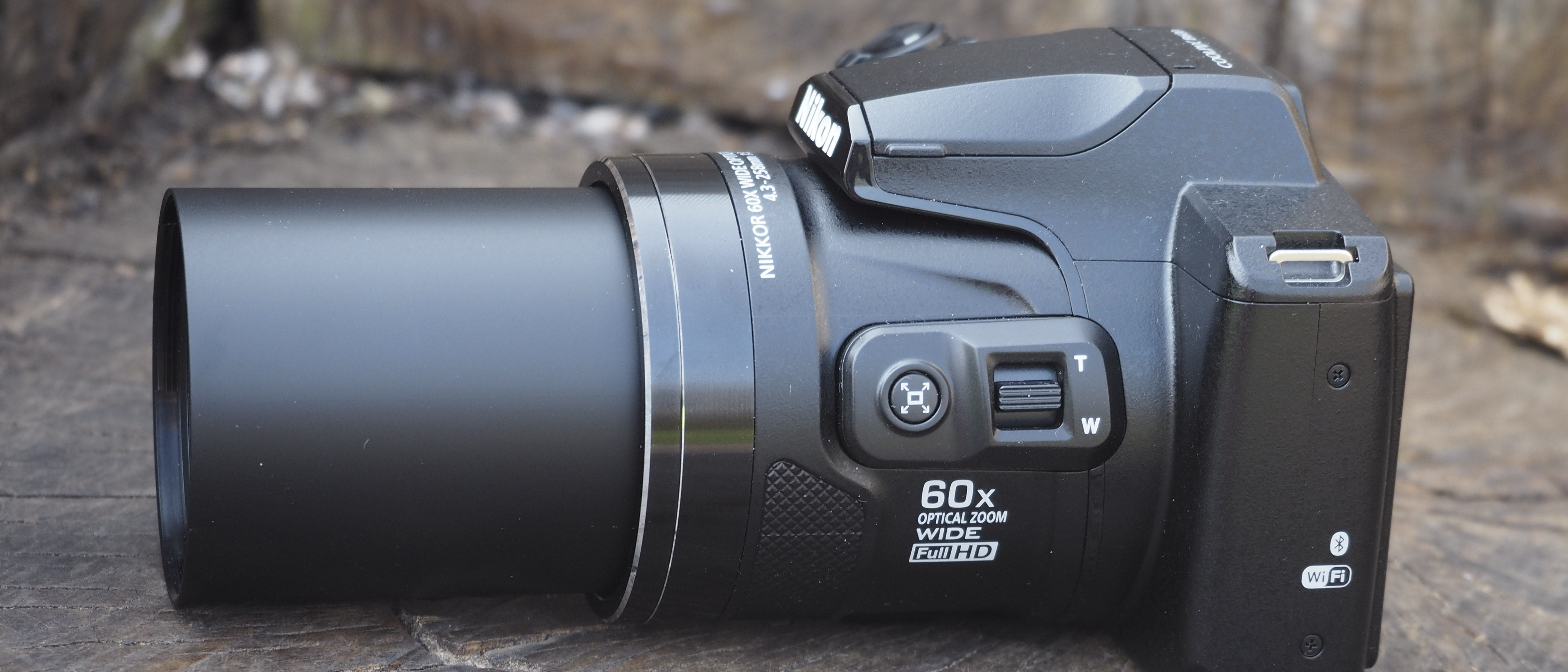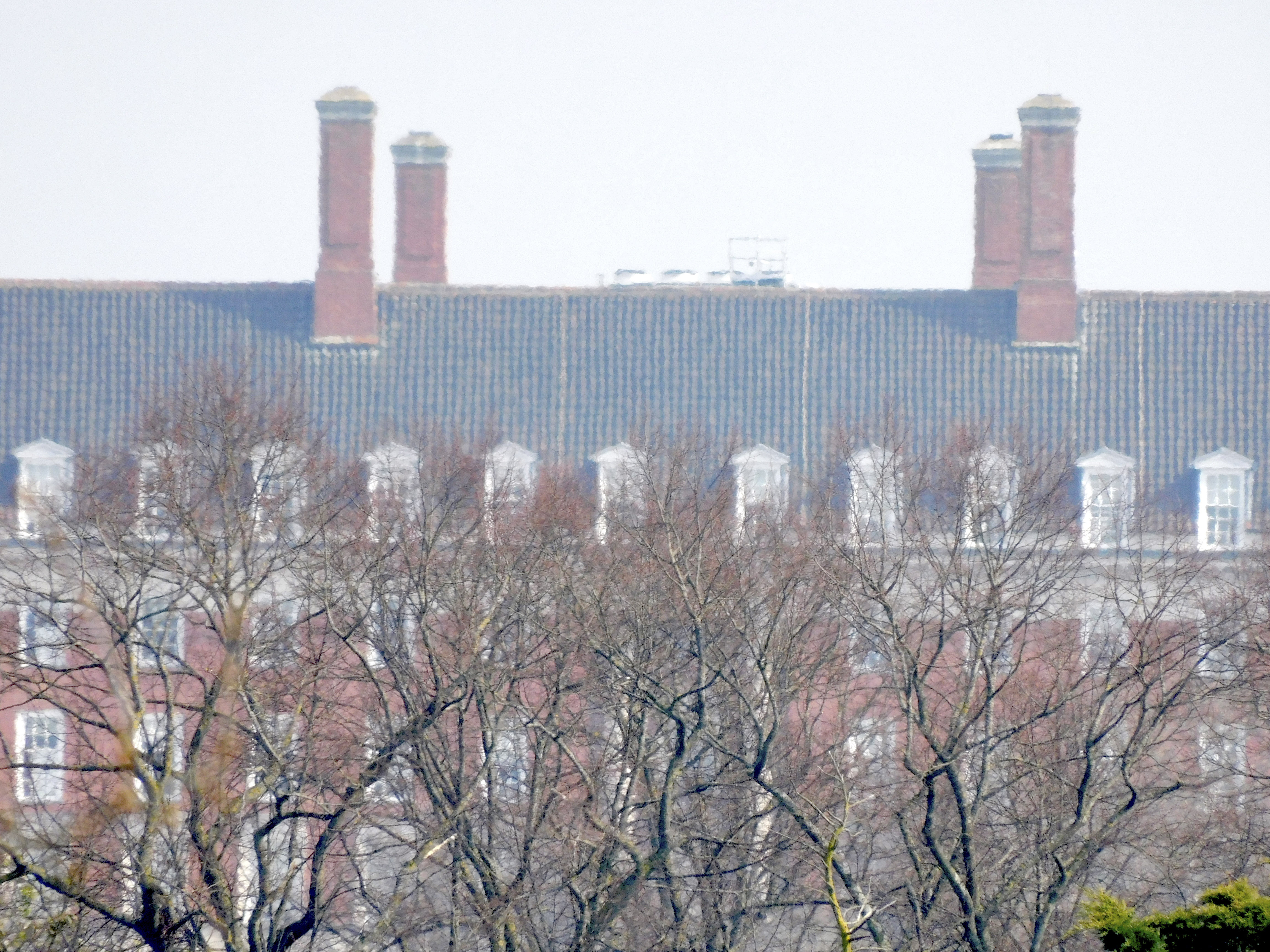Digital Camera World Verdict
Those seeking big zoom power from a relatively compact all-in-one set up are directed to the 16 megapixel Nikon B600. Frill-free and a little lightweight in build it may be, despite its mini DSLR type looks, but that is reflected to an extent in the price, while the simplicity of operation and handling makes it accessible to a wider audience. Some three years on from its original pre-pandemic release, this camera offers plenty of visual ‘poke’ for everyday family photography and video capture
Pros
- +
60x optical zoom reach
- +
Great value for money
- +
Nore practical compared to a DSLR with equivalent lens
- +
Contrast-y and detailed images achievable shooting handheld at maximum zoom with plenty of light around
Cons
- -
Frill-free construction feels a little lightweight
- -
Rear LCD screen is fixed rather than angle adjustable
- -
No 4K video
Why you can trust Digital Camera World
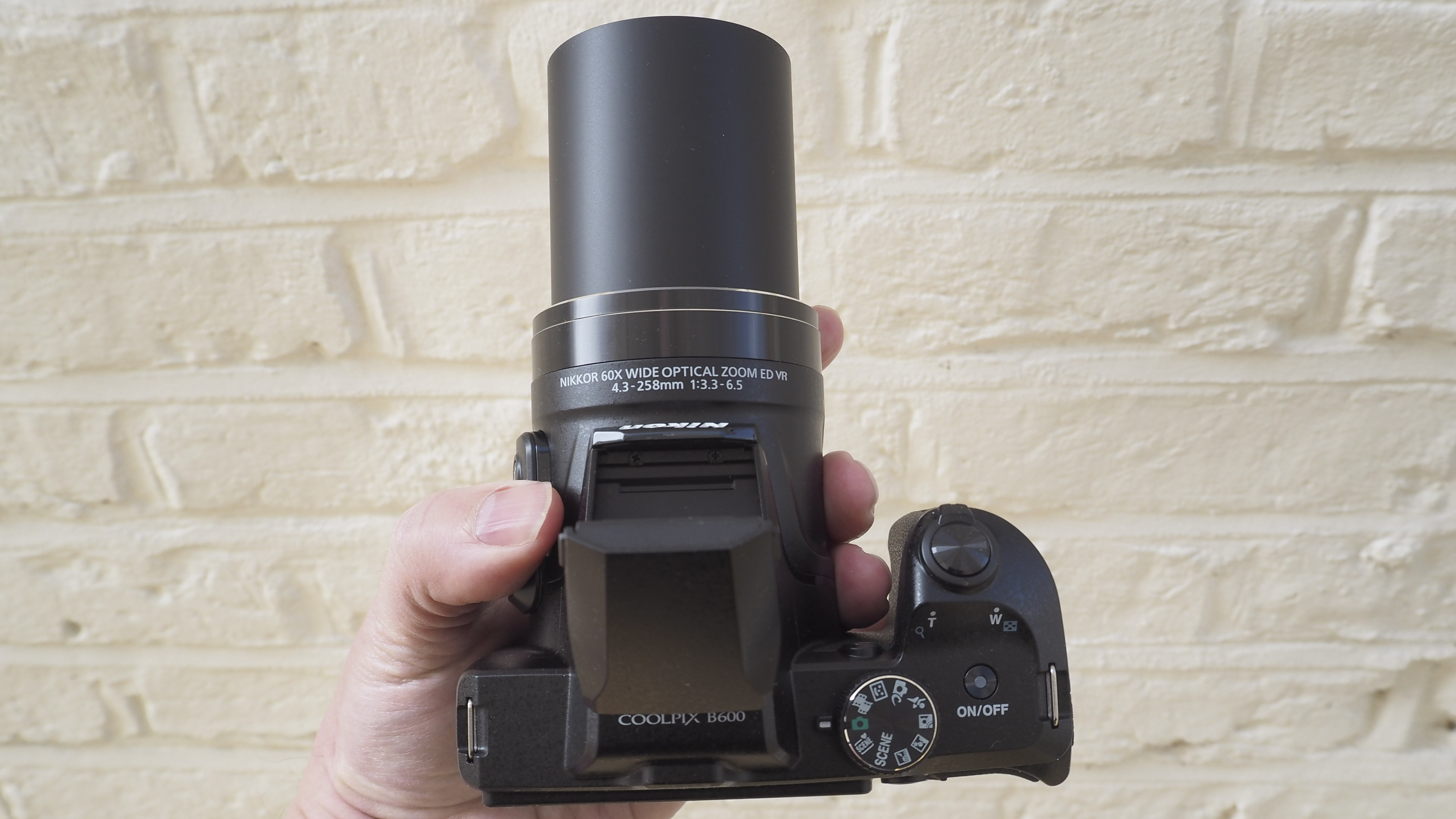
Available in no-nonsense matt black or shiny maroon red, the headlines here of the Nikon Coolpix B600 a 16 megapixel back-side illuminated CMOS sensor and lens-shift Vibration Reduction. Both these help users achieve steadier, blur free photography towards the telephoto end of the camera’s lens or in lower lighting conditions. In fact the Nikon Coolpix B600’s 60x optical zoom offers the 35mm equivalent of a generous 24-1440mm along and f/3.3 maximum aperture, with images composed and reviewed via the 3-inch, 921K-dot resolution LCD screen on the backplate. Unlike a DSLR or mirrorless camera there is no separate eye level viewfinder; the location where one would usually sit instead houses the B600’s built in speaker.
If there’s a disappointment here it’s that the budget priced super zoom offers a ‘mere’ Full HD resolution video capture rather than the now more commonplace 4K, and that the LCD itself isn’t of the tilt and swivel variety. Three years old at the time of writing, unusually the camera features a modest built in memory, along with a smattering of in-camera creative modes that will appeal to those more used to selecting a filter effect for images on a smartphone. The lithium ion battery provided here is good for up to 280 shots and can be charged in camera via USB cable. There is no standalone mains charger alternatively provided.
Nikon B600 specifications
Sensor: 1/2.3-inch CMOS
Sensitivity range: ISO125-1600 (extendable to 6400 in Auto mode)
Video: Full HD at up to 30fps
Lens: 24-1440mm equivalent in 35mm terms, 60x optical zoom
Monitor: 3-inch, 921K dot resolution
The best camera deals, reviews, product advice, and unmissable photography news, direct to your inbox!
Viewfinder: No
Battery life: 280 shots or approx. 1 hour of 1080p video
Dimensions: 121.6x81.5x99.2mm
Weight: 500g including battery and SD card
Nikon B600 rivals
The fixed lens compact camera is a rare breed in the age of the smartphone, so it makes sense for manufacturers to offer customers a compelling reason to buy one – namely a device that in the case of the Nikon Coolpix B600 does what their phone cannot. The carrot dangled here is a gargantuan zoom range from something that will fit in a messenger type bag, or, with lens fully retracted, a roomier jacket pocket. In terms of other models out there, Nikon offers one itself in the previously-released 16 megapixel Coolpix B500, which boasts a lesser specified 40x optical zoom, compared with the 60x B600, but does feature a tilting LCD screen, should users find that advantageous. Unsurprisingly it was also less expensive than its B600 successor was on launch.
If neither of those zoom ranges are quite enough for you, also check out the 125x optical zoom Nikon Coolpix P1000, which is particularly suited to astrophotography and shooting the Moon, or the Nikon Coolpix P950, an 83x optical zoom alternative. Be prepared to pay a premium for these models in comparison however, as attendant features for the latter two examples include 4K resolution video and vari-angle LCE screens, both improvements on the basic spec of the B600.
Build and handling
While it may resemble something of a shrunken DSLR there’s nothing complicated or fussy for newcomers when it comes to using the Nikon Coolpix B600; operation is pretty much point and shoot all the way. Shooting mode settings are controlled via a familiar ridged dial on the top plate, adjacent to a power button that is recessed into the bodywork to avoid accidental activation. The main shutter release and zoom lever are located on the tilted front edge of the camera’s handgrip, which is small yet feels comfortable to hold.
Images are composed and reviewed with the aid of the LCD screen, which offers 99% frame coverage. This being a budget priced super zoom, as noted in our intro the screen here is fixed rather than angle adjustable, and we don’t get touch screen control either – making the B600 feel overall quite ‘old school’ in design and operation.
A clip-on lens cap is provided out of the box for protection from scratches. Despite this being the size of a digestive biscuit we can see it getting mislaid in our camera bag, so it’s worth tethering it to one of the camera’s lugs via the loop of thread provided.
Performance
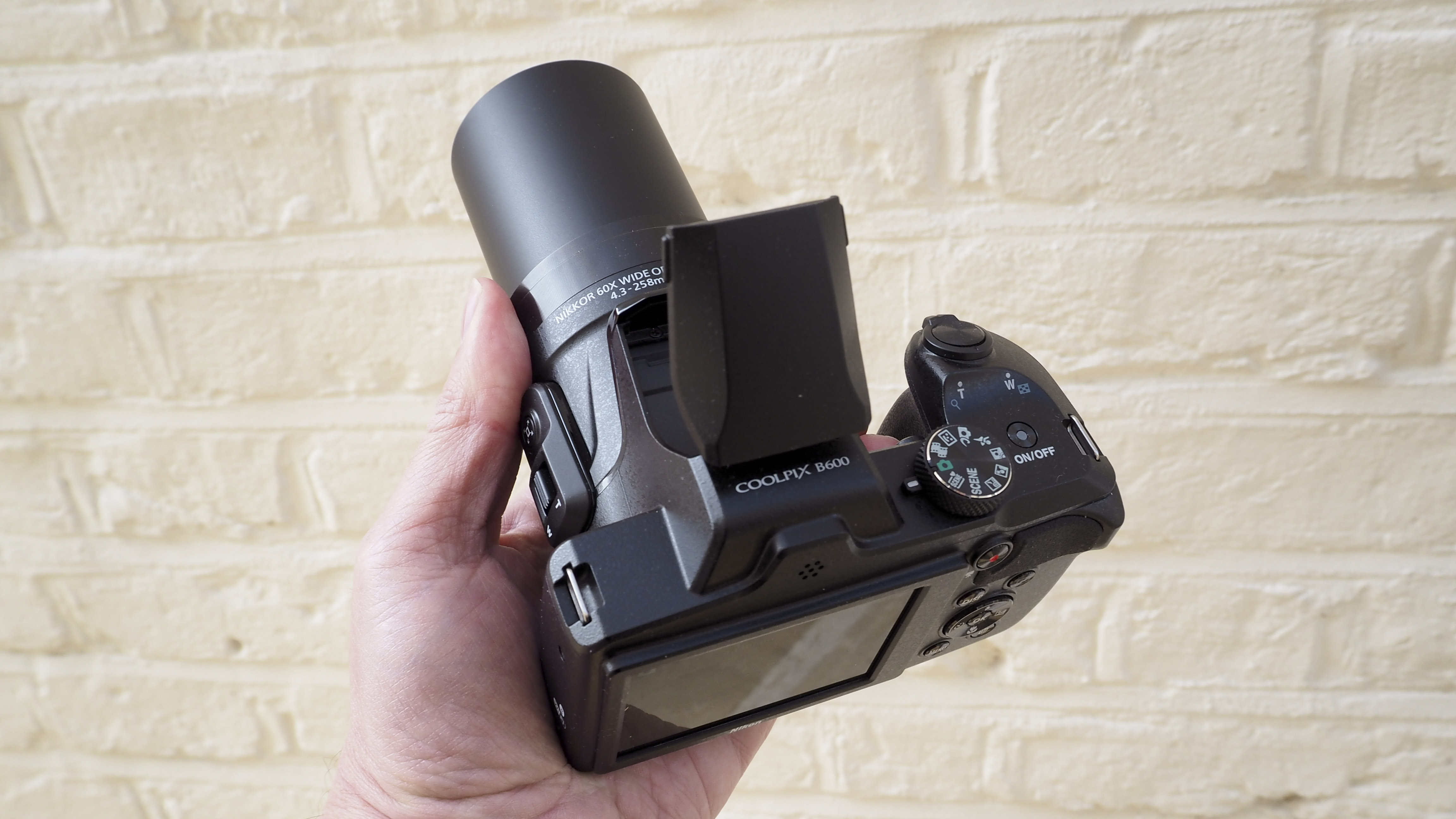
With a nudge of the zoom lever that ergonomically encircles the shutter release button, it takes around four seconds for the Nikon Coolpix WB600’s lens to travel from maximum wide angle to full telephoto setting. Unusually, a second side-mounted zoom lever is located on the left of the lens barrel itself, should users wish to operate it with their left hand.
For a point and shoot camera we’d have to conclude that image quality is pretty good, with a decent degree of contrast visible in the images and plenty of detail, even when shooting handheld towards the extremity of the zoom range, which is after all what anyone will be buying this camera for. In practice we found it’s best to take two or three shots if shooting towards maximum telephoto setting in order to be in with a better chance of a shake-free image and also one that is correctly framed, as holding the camera rock steady is, unsurprisingly, tricky, yet not impossible.
Nikon B600: sample images

Nikon Coolpix B600: verdict
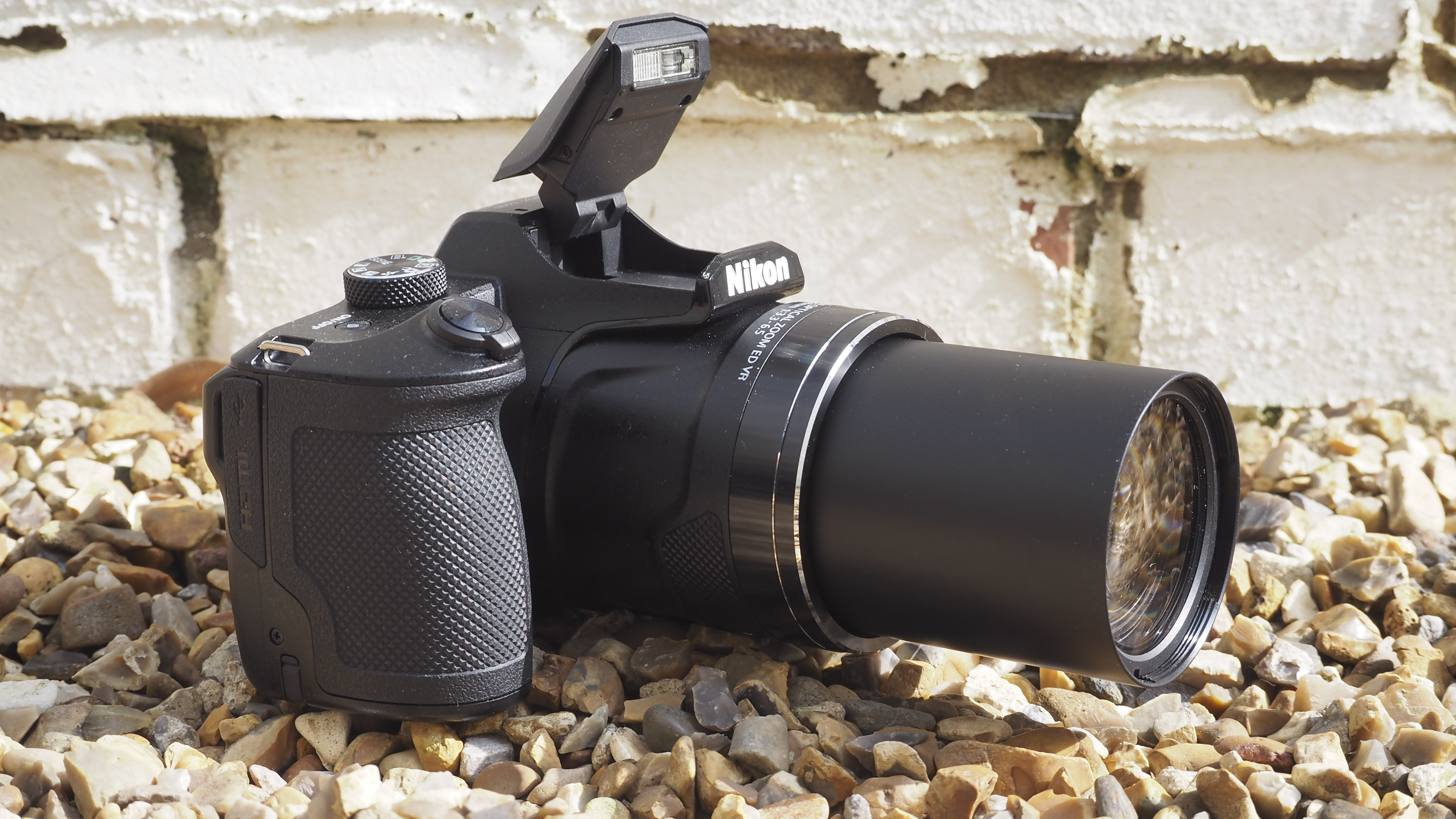
This Nikon Coolpix B600 big zoom compact offers a very broad scope for image taking and at a reasonable price thanks to the 60x optical, 24-1440mm equivalent lens bolted onto the front. Its ease of use furthers the impression that this all-in-one compact is best suited to family users, for whom the ability to quickly zoom in or out and re-frame their shot when chasing kids or pets around will come in useful, while it also afford day-trippers, people watchers, or travel photographers with the chance to leave the bulky DSLR and zoom lens at home yet still be able to achieve the shots they require.
Read more
Best bridge cameras
Best Nikon cameras
Best point and shoot cameras
Best cameras for wildlife photography
Best cameras for sports photography
Gavin has over 30 years’ experience of writing about photography and television. He is currently the editor of British Photographic Industry News, and previously served as editor of Which Digital Camera and deputy editor of Total Digital Photography.
He has also written for a wide range of publications including T3, BBC Focus, Empire, NME, Radio Times, MacWorld, Computer Active, What Digital Camera and the Rough Guide books.
With his wealth of knowledge, Gavin is well placed to recognize great camera deals and recommend the best products in Digital Camera World’s buying guides. He also writes on a number of specialist subjects including binoculars and monoculars, spotting scopes, microscopes, trail cameras, action cameras, body cameras, filters and cameras straps.
